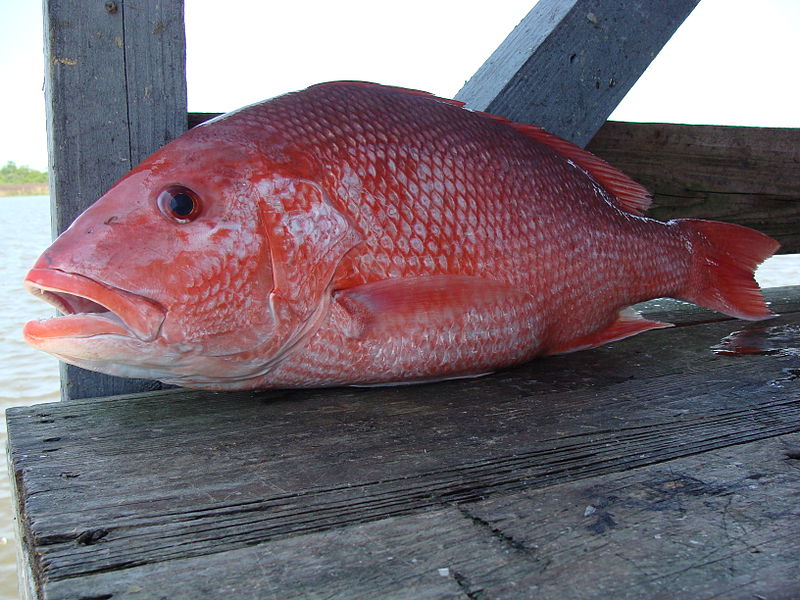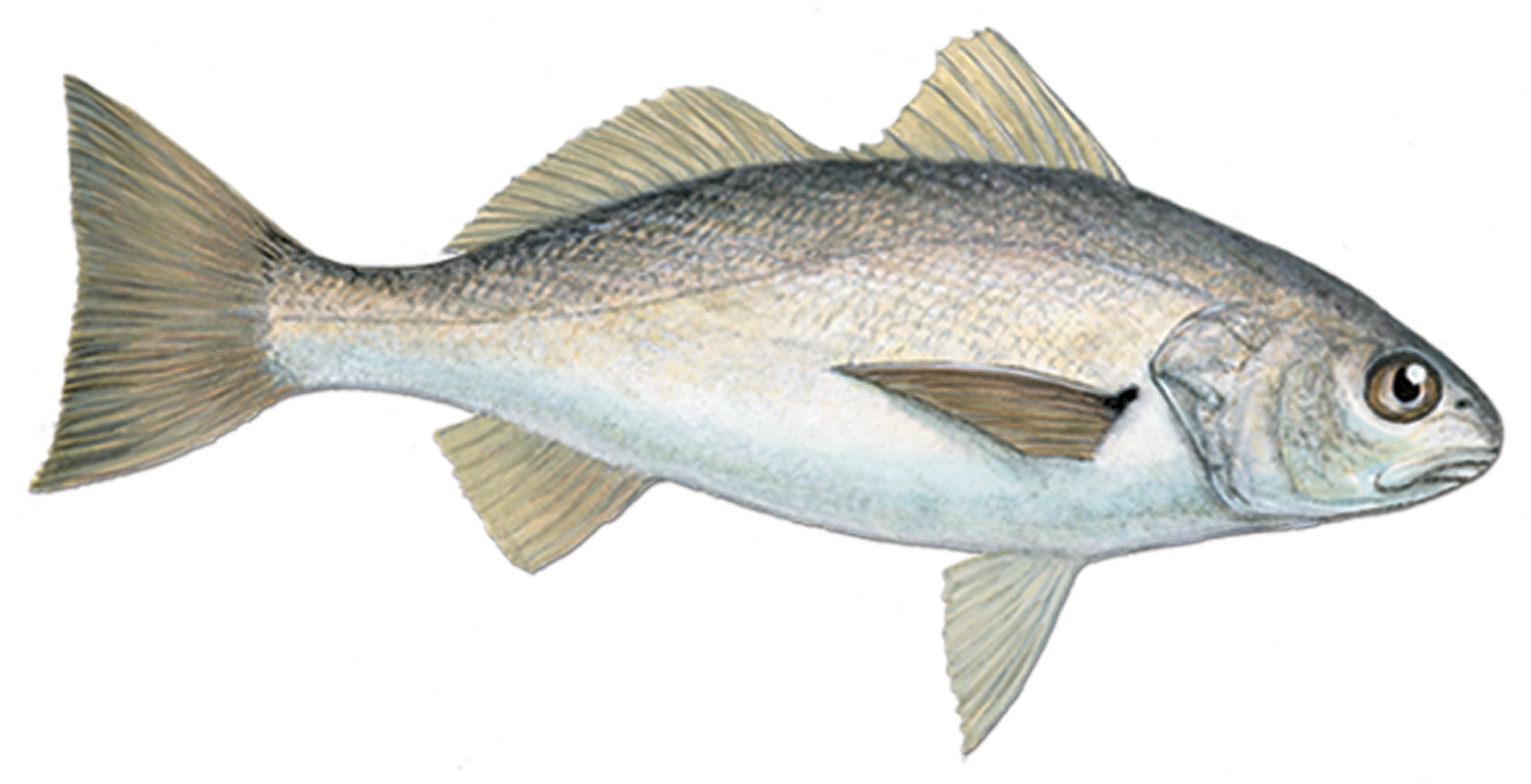“Hunters lie in wait; fishermen wait and lie.” Unfortunately, a disturbing number of processers, packagers, distributors, and retail suppliers also lie about their fish. “In 2007, Americans consumed almost 5 billion pounds of seafood. Most seafood buyers, at many levels–importers, distributors, supermarkets, restaurants, and individual consumers–assume that the seafood they buy is what the seller claims it is. However, this is not always the case. Sometimes seafood products are mislabeled for financial gain–an activity called seafood fraud” (source).
Despite the popularity of seafood, consumers are routinely misinformed about what they are eating; “recent studies have found that seafood may be mislabeled as often as 25 to 70 percent of the time for fish like red snapper, wild salmon, and Atlantic cod, disguising species that are less desirable, cheaper or more readily available” (source). Early this month, Oceana, the largest international ocean conservation and advocacy organization, collaborated with the Monterey Weekly and found that 36 percent of seafood samples taken from Monterey, CA, retail outlets was mislabeled; similar testing of retail seafood outlets in Los Angeles and Orange counties in 2011 revealed that 55% of the fish tested was mislabeled; and recent samplings in Boston and South Florida uncovered similar seafood fraud (48% and 31%, respectively).
“Overfishing continues to plague the world’s oceans, with more than three-quarters of fish stocks worldwide fully or overexploited. Partly in response to a decline in U.S. fisheries, 84 percent of the seafood eaten in the U.S. is imported, and it follows an increasingly complex path from a fishing boat to our plates. Despite the fact that most seafood consumed in the U.S. is imported, only two percent is currently inspected by the FDA. Despite growing concern about where our food comes from, consumers are frequently served the wrong fish – a completely different species than the one they paid for. With about 1,700 different species of seafood from all over the world now available in the U.S., it is unrealistic to expect consumers to be able to independently and accurately determine what fish is really being served” (Oceana.org; Ibid.).
While the FDA is supposed to maintain a publically available list of seafood names to enable the industry to correctly label products, the list is usually (and woefully) out of date. Seafood names are often pure fiction, intended mislead the consumer. On one level, this can be a marketing ploy to win public acceptance of an unpopular seafood item—such as dogfish (a type of small shark) being marketed as “rock salmon” in Europe and elsewhere, or white croakers (a common “nuisance fish” in our local waters) being marketed as “Catalina trout” here in Santa Barbara. More often, however, name changes are blatant fraud for financial gain. For example, the Oceana survey in Monterey found that restaurants selling the famed local Monterey Bay sand dabs were actually selling juveniles of a flatfish species called flathead sole: “We still don’t know whether the baby flatfish sold as sand dabs came from Alaska or as the result of trawling in a local fish nursery habitat. Either way, residents and tourists seeking this famous Monterey Bay seafood dish at a local restaurant are being duped, at the expense of local hook and line fishermen who can catch real sand dabs sustainably” (source).
“Along with ripping off consumers, the consequences of seafood fraud include the fact that:
- Seafood fraud can directly threaten human health. Swapping one fish species for another that may be riddled with contaminants, toxins, or allergens can make people sick.
- Seafood fraud creates a market for illegal fishing by making it easy to launder illegally caught seafood products through the U.S. market. This undermines conservation efforts to prevent overfishing and accidental capture of at-risk species and hurts honest fishermen.
- Mislabeling fish makes it difficult for consumers to make eco-friendly choices. Market-driven conservation efforts depend on the consumer’s ability to make an informed purchase of particular species. This effort becomes nearly impossible when fish are mislabeled.
- Seafood fraud misleads consumers about the true availability of seafood and the state of the marine environment. Because mislabeling maintains the appearance of a steady supply of popular fish species despite severe overfishing, the general public is unaware that the species is in serious trouble” (Oceana.org).
Editor’s note: for more on this subject, see “Bait and Switch: How Seafood Fraud Hurts Our Oceans, Our Wallets and Our Health.”
Article by Bill Norrington





